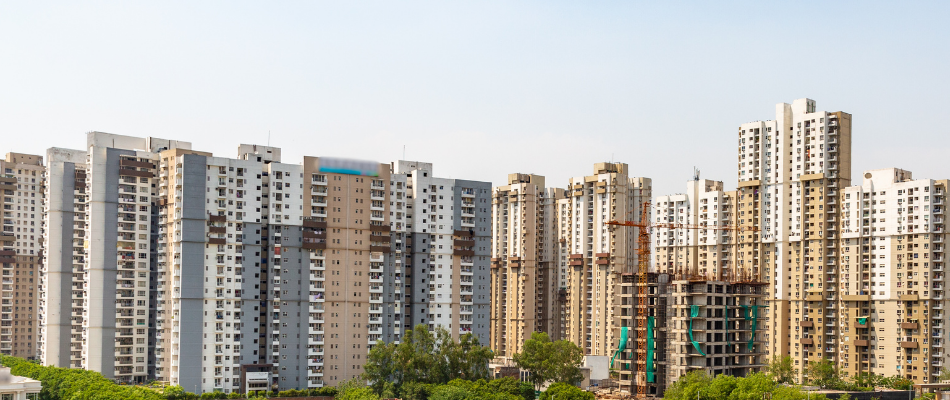Log in and try this 12-question A level quiz to see how much you know about urbanisation and the underlying processes that contribute to it.
If you haven't already done it, work through the unit on ‘Urbanisation and underlying processes’ to learn more. Or look at it again to help fill in any gaps in your knowledge about urban growth, push and pull factors, rural-to-urban migration and other processes.
HIGH SCORES
| Rank | Name | Score |
|---|---|---|
| 1st | EAW | 24 |
| 2nd | bob | 24 |
| 3rd | NIG | 24 |
| 4th | HXW | 24 |
| 5th | OBH | 24 |
| 6th | TWF | 24 |
| 7th | RJV | 24 |
| 8th | TJ. | 24 |
| 9th | GSO | 24 |
| 10th | 01A | 24 |

